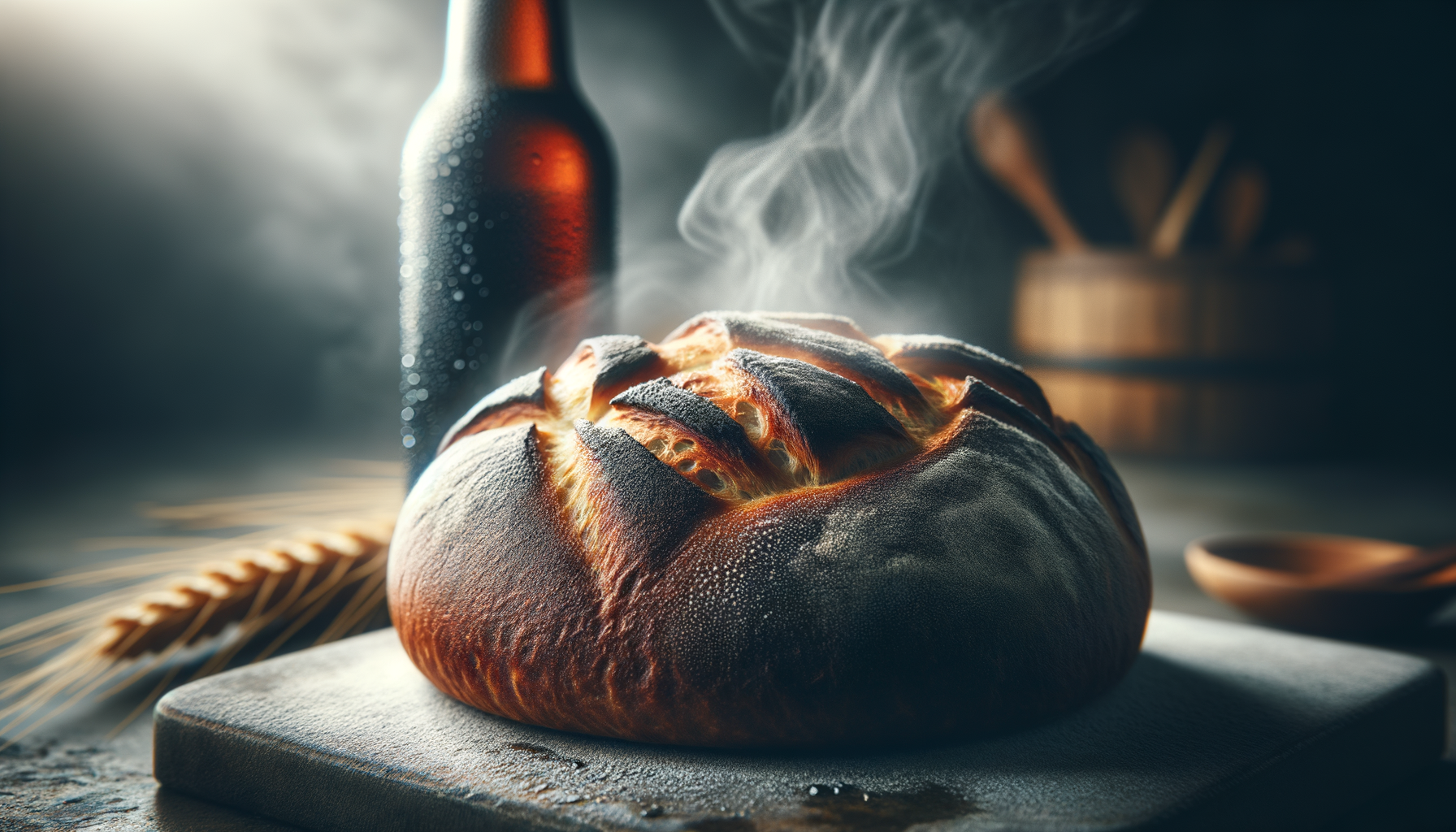Servus! Hans Schmidt here, your friendly neighborhood baker. Born and raised in Munich, where beer is practically a food group, I’ve spent my life exploring the intersection of tradition and innovation in baking. From my family’s bakery in Munich to a stint at a gourmet food innovation lab in Berlin, I’ve seen it all. And let me tell you, the idea of using beer to make bread? It’s not just a gimmick; it’s a beautiful marriage of science and flavor. Especially when done right, like Bierkruste does.
The Magic of Malt: Brewing Up Bread
What exactly makes beer a good bread ingredient? Well, it all boils down to the ingredients and the brewing process. See, beer isn’t just hops and water. It’s got malted barley, and sometimes other grains, which are packed with sugars and enzymes. These are the same things that feed the yeast in your bread dough, giving it that beautiful rise and complex flavor. Think of it as giving your yeast a super-powered snack!
And it is not just malt. It’s also the fermentation process itself. The yeast, in addition to creating alcohol (which mostly bakes off, don’t worry!), produces a whole host of flavorful compounds that add depth to the bread. I like to compare it to aging cheese – the longer it sits, the more complex it becomes.
Bierkruste: Capturing the Essence of Beer
Now, you might be thinking, “Can’t I just pour any old beer into my bread dough?” Well, you could, but Bierkruste has taken it a step further. They’ve figured out how to preserve the unique flavors of different beers in their bread mixes. I can only speculate on the exact processes (trade secrets, after all!), but here is my take:
- Careful Selection: They’re likely choosing beers with specific flavor profiles in mind – maybe a hoppy IPA for a bitter edge, or a rich stout for a malty sweetness.
- Dehydration Techniques: I suspect they use low-temperature dehydration to remove the water from the beer while preserving those delicate flavor compounds. This could involve freeze-drying or a very gentle vacuum drying process.
- Milling and Mixing: The dehydrated beer solids are then carefully milled and blended with the flour and other ingredients to create a consistent and flavorful mix.
I’ve seen similar techniques used in high-end chocolate making, where preserving the nuances of the cacao bean is paramount. Bierkruste appears to be doing the same thing for beer.
The Flavor Payoff: More Than Just Novelty
So, why go to all this trouble? Because the flavor payoff is significant. A well-made Bierkruste bread isn’t just bread that tastes like beer; it’s bread that incorporates the subtle notes and aromas of the specific beer it’s made with. You might get hints of caramel from a dunkel, citrus from an IPA, or even chocolate from a porter.
It adds a whole new dimension to your bread, making it a perfect accompaniment to cheese, charcuterie, or even just a simple smear of butter. And don’t forget the aroma, it is something special. It will fill your home with the smell of a bakery and a brewery at the same time!
Baking with Bierkruste: A Baker’s Perspective
From a baker’s perspective, Bierkruste offers a convenient and consistent way to experiment with beer flavors in bread. I will tell you more, it also opens up a lot of possibilities, from beer flavored bread to beer flavored pretzels. While it might not replace the satisfaction of crafting a loaf from scratch, it’s a great option for busy folks or those who are new to baking. And frankly, even for experienced bakers looking to try something a bit different.
So, the next time you see a Bierkruste mix on the shelf, don’t dismiss it as a novelty. It’s a product of careful science and a genuine love for flavor. Give it a try, and you might just discover your new favorite way to enjoy beer – in bread form!



